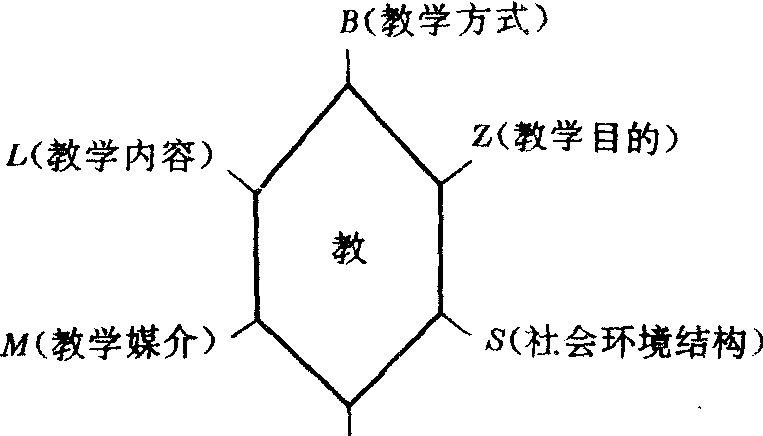教育控制论jiaoyu kongzhilun
应用控制论的理论、方法和信息心理学的学科成果研究教育现象及教育规律的一门交叉学科。该学科是由联邦德国控制论研究所所长、帕德博恩大学教授赫尔马·弗兰克(Hel-mar G.Frank)博士创立的,代表作是1962年问世的学科专著《教育学的控制论基础》。弗兰克的教育控制论侧重于微观教学过程的控制研究,是“模型化、数学化的理论和客体化的技术”,因而整个学科在理论和技术两个维度上展开。其学科要点为:❶建立六维教学空间,把教学过程视为由6个因素制约的运动,即教学目的(Z)、社会环境结构(S)、学生心理结构(P)、教学媒介(M)、教学内容(L)和教学方式或算法(B)。每一种教学论类型对应教学空间中的一个点,并被6个因素的一定值所唯一确定。
❷3个研究层次:最基础层次研究各单个教学因素;然后研究各教学因素之间的相互依赖关系,即教学论类型;第三个层次是把教学置于社会的和文化的影响之下,研究教育总体结构理论。
❸通过建立教学过程的数学模型,研究学生的学习吸收率,即学习函数,并给出学习曲线,可用下式表示。
Pn=1-(1-a)n
式中a——一次投放教材单元后学生从未知转入到“已学会”的概率
n——投放次数
❹研究优化教学结构及反馈在教学过程中的作用。
❺研究各种客体化的教学媒介的原理及应用。弗兰克的教育控制论忽视了对教育宏观领域控制的研究,有其局限性,我国学者于70年代开始对该学科进行了研究,并把信息论、系统论、系统工程方法综合应用于教育控制论的宏观和微观两个领域,取得了较好的成果,推动了该学科的发展。

P(学生心理结构)
教育控制论
又称“控制论教育学”。用控制论的理论和方法研究教育控制现象的一门新兴学科。研究教育系统形成与发展的条件,教育系统的功能以及最优化达到教育目标的规律、方法和技术包括两个部分:1.基础理论部分。运用控制论的基本原理分析教育现象形成的教育系统理论、教育信息理论和教育控制理论等。2.应用部分。已经形成的教育控制工程、教育信息工程和教育系统工程等。